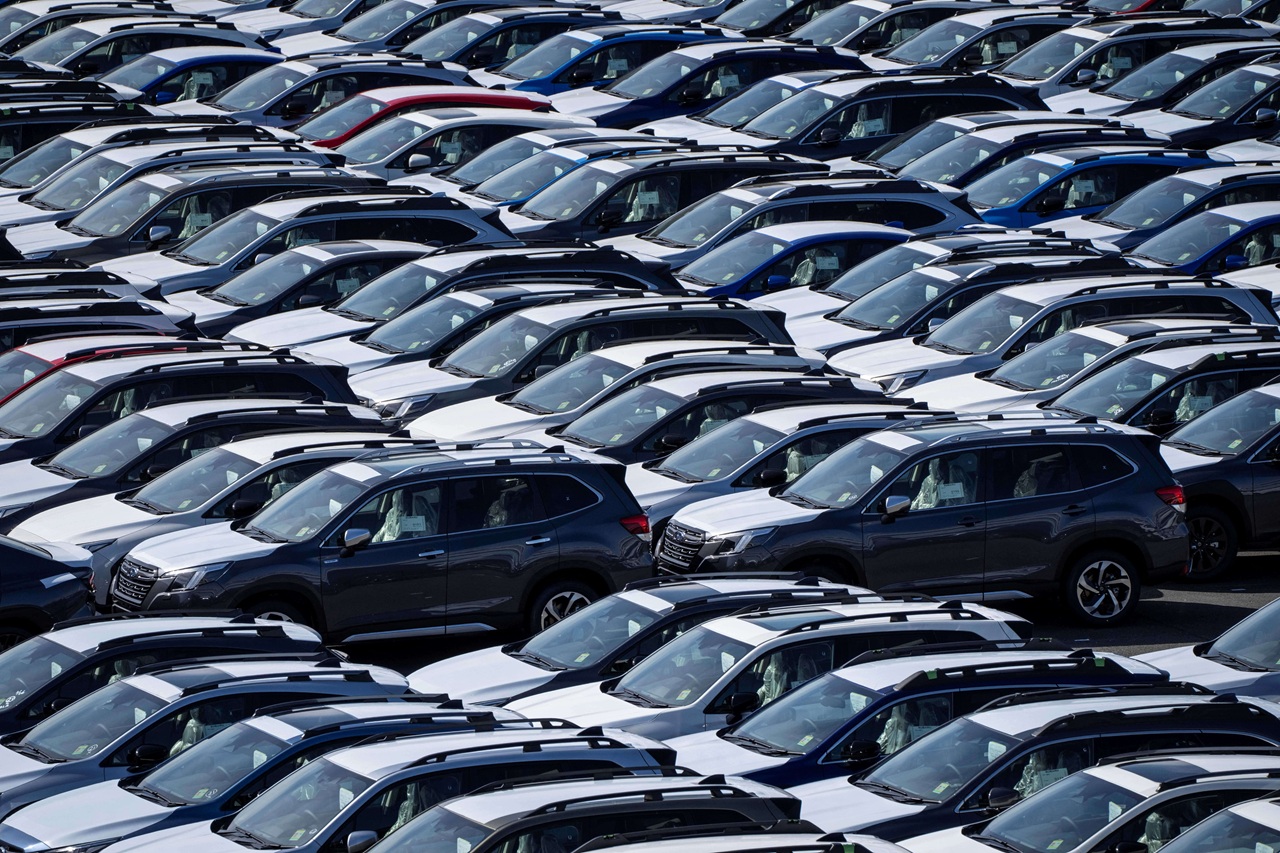
NYC’s Teddy Roosevelt statue removed in front of the Museum of Natural History
It is the latest statue of a historical American figure to be taken down for its racist depictions. This one showed a Black and Indigenous man in servitude to…
A statue of Theodore Roosevelt, the 26th president of the United States, was removed overnight on Wednesday, Jan. 18 from its spot outside the American Museum of Natural History in New York City.
The tall bronze statue portrays Roosevelt on horseback, with two nameless men on foot behind him, one African-American and one Native American.
A statue of Theodore Roosevelt at NYC’s American Museum of Natural History, which features the former president on horseback flanked by an Indigenous man and a Black man, is being removed.
— AJ+ (@ajplus) January 20, 2022
The museum says it represented a “racial hierarchy” and will ship it to North Dakota. pic.twitter.com/n3twg16SWV
It has been the source of intense debate in the city, as many critics have pointed out the obvious subservience of the two men to the white man in the center, calling the scene a symbol of racism and colonialism.
“The statue was meant to celebrate Theodore Roosevelt… as a devoted naturalist and author of works on natural history. At the same time, the statue itself communicates a racial hierarchy that the Museum and members of the public have long found disturbing,” the museum website said about the removal.
The Equestrian Statue of Theodore Roosevelt was commissioned in 1925 and had stood on the steps outside the museum since 1940. Roosevelt’s father was one of the museum’s founders.
In June 2020, with the blessing from Roosevelt’s great-grandson and permission from the city, the museum announced its plans to remove the statue.
At the time, former New York Mayor Bill de Blasio said it was “the right decision and the right time to remove this problematic statue” due to its depiction of Black and Indigenous people as racially inferior.
Statues have become a major focal point for heated public debate over whom the U.S. decides to honor in public spaces and how it chooses to record its history.
The movement to remove statues gained traction in the U.S. and elsewhere in the aftermath of George Floyd’s murder and the Black Lives Matter protests that followed. Nearly 200 Confederate monuments were removed in 2020.
RELATED CONTENT
Statues of Confederate leaders, George Washington, Thomas Jefferson and Christopher Columbus have been set on fire, vandalized or torn down by protestors in some places.
In 2017, the NYC Roosevelt statue was covered in red paint by a group called the Monument Removal Brigade, which said the statue represented “patriarchy, white supremacy and settler-colonialism.”
Last year, a Jefferson monument was removed from New York City Hall after officials voted unanimously to banish it from the council chambers over the former president’s history as an enslaver.
Roosevelt was president from 1901 to 1909, and while he pushed for a “square deal” for people of all races and classes, he also believed in the superiority of white, Western culture and supported the eugenics movement.
A statue of President Theodore Roosevelt that stood in front of the American Museum of Natural History in New York City for 80 years, was yanked out by crane in the middle of the night. The statue was thought to glorify colonialism and racism. pic.twitter.com/425JNW4a8k
— Mike Sington (@MikeSington) January 20, 2022
“He was a white supremacist, but he was a fierce opponent of slavery. He regarded slavery as a sin visited upon America by aristocratic Englishmen who came close to ruining the experiment of America by placing people of African descent on his glorious continent,” historian Gary Gerstle said in a 2019 WBUR radio interview.
The Roosevelt statue will be on long-term loan to the Theodore Roosevelt Presidential Library in North Dakota, due to open in 2026.
Library trustees agreed the statue’s composition was “problematic” and said in a statement that they will be creating an advisory committee made of representatives from Black and Indigenous communities, historians, scholars, and artists to determine the next steps.
"Rather than burying a troubling work of art, we ought to learn from it. It is fitting that the statue is being relocated to a place where its composition can be recontextualized to facilitate difficult, complex, and inclusive discussions,” said Roosevelt IV, the president’s great-grandson.











LEAVE A COMMENT: